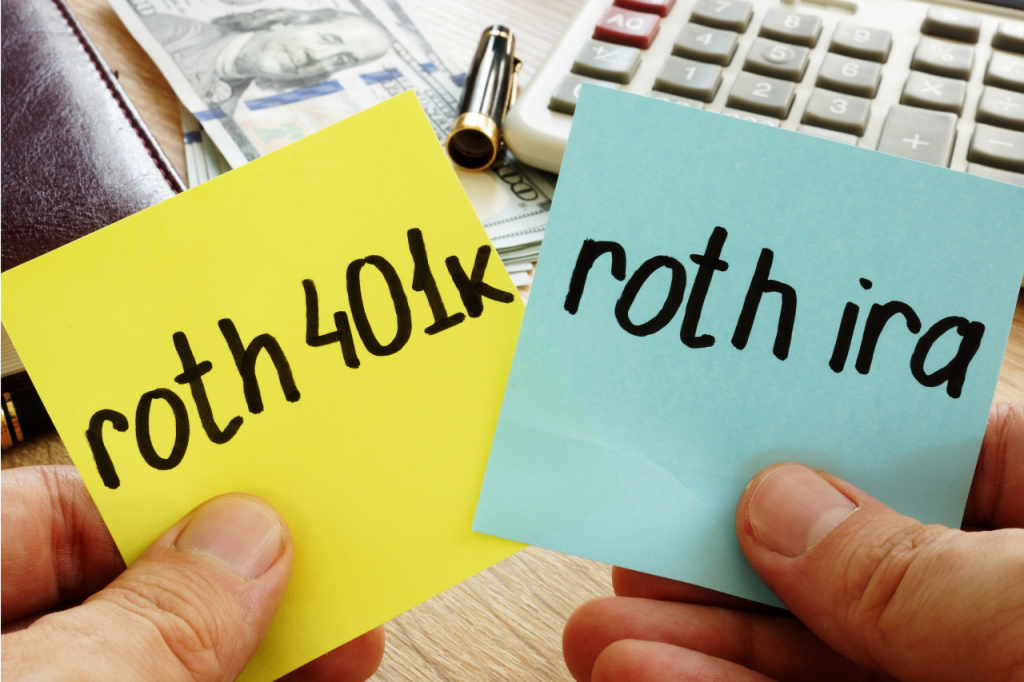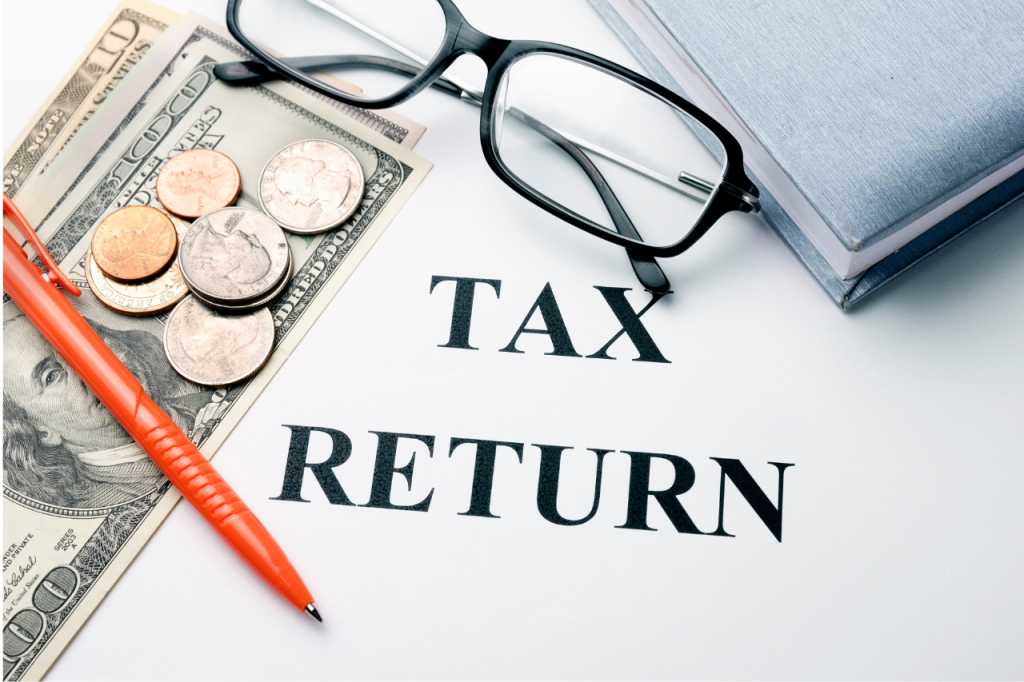
How to Save for Retirement: What you need to Know!

Share:
Retirement saving can be an intimidating topic. It’s hard to know how much you need to save and the best way to go about it. The key is having a plan in place, so you have access to the funds when you retire. But this isn’t always easy. In order to help make saving for retirement a more manageable process, the following article will provide you with helpful tips on how much to save for retirement and the best way to go about saving.
By considering your financial goals, income levels, investment accounts, and other factors, you can create a saving plan that works for you. Knowing your budget and saving regularly are essential components of saving for retirement. Additionally, understanding the different types of investments and tax-advantaged savings accounts can help you maximize your saving potential. Let’s dive into how much to save for retirement and the best way to save for retirement.
How much money will you need to retire?
It’s an age-old question and saving for retirement is more important now than ever. Having a clear understanding of how much you need to save and the best way to do it will ensure that you’re prepared for the future.
When considering how much money to save for retirement, there are several factors to consider. Age, lifestyle, health, and other investments should all be taken into account. Generally speaking, the younger you are when you begin saving for retirement, the less money you will need to set aside.
Key Takeaways
Saving for retirement can be an intimidating process, but it doesn’t have to be. By considering your financial goals, income levels, investment accounts, and other factors, you can create a saving plan that works for you. Knowing how much money to save for retirement is essential for creating the best saving plan. Additionally, understanding the different types of investments and tax-advantaged savings accounts can help you ma
Roth IRA
Are one of the most popular and best ways to save for retirement. It provides tax-free savings, meaning that any withdrawals you make in retirement won’t be taxed. This means more money in your pocket each month! Additionally, Roth IRAs also have saving limits, so be sure to check those as well.
401k.
Another saving option is a 401k. This saving plan allows you to save pre-tax funds, which can be withdrawn in retirement without being taxed. If your employer offers a matching program for contributions, then it could be a great way for you to maximize the amount of money you have saved for retirement.
Real Estate Investments
If you’re looking for ways to diversify your saving portfolio, then real estate investments may be the way to go. By investing in a rental property or two, you can generate passive income and have an additional retirement saving option at the same time.
Set Up an Automatic Direct Deposit
The easiest way to ensure you’re saving enough money is to set up an automatic direct deposit into a saving account. This allows you to save without having to think about it, and can be tailored to your budget and saving goals. Setting up an automatic direct deposit is one of the simplest ways to start saving for retirement early and make sure you’re saving enough each month.
How to maximize savings on a budget
Saving for retirement can be difficult when you’re on a tight budget. To maximize your saving power, consider the following tips:
• Cut back on unnecessary expenses. If there are any items or services you don’t really need, try to cut them out of your budget and save the money instead.
• Take advantage of employer saving options. If your employer offers a saving or retirement plan, make sure to take advantage of it.
• Consider other saving instruments. Roth IRAs and 401ks are both great saving options that can help you maximize the amount you save each month.
• Find ways to increase income. Whether it’s taking on additional part-time work or negotiating for a raise, finding ways to increase your income can enable you to save more for retirement.
What is the 40 30 20 rule?
The 40-30-20 rule is a saving strategy that can help you plan for retirement. The rule suggests that you save 40 percent of your income for retirement, 30 percent for other long-term goals, and 20 percent for short-term needs.
This saving strategy can be a helpful way to plan for retirement, but it’s important to also consider how much money you need to save in order to meet your retirement goals. Generally, it’s recommended that you save between 10 and 15 percent of your income for retirement — but this may vary depending on your individual circumstances and situation.
What is the 10x rule for retirement?
The 10x rule is another saving strategy that can be used to plan for retirement. The rule suggests that you should save 10 times your current salary before you retire. For example, if you make $50,000 a year, the 10x rule recommends saving $500,000 for retirement. This saving target can help guide how much money you need to save in order to achieve your retirement goals.
The 10x rule is a helpful saving guideline, but it’s important to also consider other factors when deciding how much money to save for retirement. Factors such as your age, life expectancy, investment returns and lifestyle can all play a role in helping you determine how much you should save for retirement.

Is Roth IRA or 401k better?
When saving for retirement, it’s important to consider the different types of savings accounts available and which one may be best suited for your individual needs. Both Roth IRA and 401k accounts can be beneficial saving options; however, there are some key differences between the two that should be considered when deciding which one is right for you.
A Roth IRA offers more flexibility for withdrawals and contributions, as well as the potential for tax-free growth and distributions. On the other hand, a 401k can offer higher contribution limits and employer matching — which can help you save more money in the long run.
What is the smartest way to save for retirement?
The smartest way to save for retirement is to create a saving plan that works for you and your individual needs. This might include saving a certain percentage of your income each month, using the 40 30 20 rule or the 10x rule, setting up an automatic savings program, contributing to an employer-sponsored 401k or IRA, or investing in other saving vehicles such as stocks and bonds. It’s also important to make saving for retirement a priority — the earlier you start saving, the more money you can potentially save in the long run. Ultimately, the best way to save for retirement is the one that works best for you.
What is the 50-30-20 rule?
The 50-30-20 rule is a saving strategy that suggests splitting your income into three different categories — saving 50 percent, spending 30 percent, and giving 20 percent. This saving guideline can be helpful in helping you budget and manage your finances while also saving for retirement. For example, if you make $5,000 a month, the 50-30-20 rule would suggest saving $2,500, spending $1,500, and giving away $1,000. That way you can still enjoy your life while saving for retirement at the same time. It’s important to remember that everyone’s individual saving needs are different and this saving strategy may not be suitable for everyone. It’s important to talk with a financial advisor to decide the best saving plan for you and your retirement goals.
What is the 3% rule retirement?
The 3% rule is another saving strategy that can be used to help plan for retirement. This saving guideline suggests saving 3 percent of your income each month as a starting point — although this number may also vary depending on your individual situation. The 3% rule can be helpful in helping you create a saving plan and budget while also saving for retirement at the same time. However, it’s important to remember that the 3% saving target may not be sufficient for everyone and should be discussed with a financial advisor to decide the best saving strategy for your retirement goals.

Put Every Tax Refund Into Savings
Using your tax refund to save for retirement is a great way to boost the amount you have saved. Even putting part of the money received from a refund into saving can make a big difference. You can also use the extra money to increase contributions to an IRA or 401k, invest in stocks and bonds, or even open up a new savings account. Saving every tax refund you receive is an easy and effective way to save for retirement without having to make drastic changes in your budget.
Take advantage of your employer’s 401(k) plan
Many employers offer 401(k) plans as part of their benefits package. These plans are a great way to save for retirement because they allow you to contribute pre-tax money and the contributions come right out of your paycheck so saving is easy. Employer matching is also available on some 401(k) plans which can help you save even more. Make sure to research your employer’s plan and take advantage of the benefits it offers so you can maximize saving for retirement.
Build your emergency fund
Having an emergency fund can help protect you from financial hardship and provide peace of mind when saving for retirement. It’s important to have a separate savings account for emergencies in order to avoid dipping into your retirement savings during unexpected life events. The goal should be to build up enough money in this saving account so that it will cover at least 6 months of living expenses. This will help to ensure that you don’t have to dip into your retirement savings during an emergency, saving them for when they are really needed.
What is the best way to save for retirement without a 401k?
If you don’t have access to a 401k saving plan, there are still plenty of saving strategies that can help you save for retirement. You can open up an IRA account, start saving money each month in a regular savings account, invest in stocks and bonds, or even use the 50-30-20 rule to help manage your saving and spending.
It’s important to remember that saving for retirement is a long-term goal, so it’s important to start saving as soon as possible no matter which saving strategy you choose. Talking with a financial advisor can help you decide the best saving plan for your individual needs and retirement goals.
Pay Off Credit Card Debt as Soon as Possible
Paying off high-interest credit card debt should be a priority when saving for retirement. Credit card debt can quickly add up and the high interest rates can make it difficult to save for retirement. It’s important to pay off as much debt as possible in order to free up your finances and have more money available for saving.
Use the 25x Rule to Calculate Your Retirement Needs
The 25x rule is a saving guideline that suggests saving 25 times your annual expenses in order to retire. This saving goal can be used as a benchmark to help you determine how much money you need to save for retirement. For example, if you want to “retire” with an income of $50,000 per year, the 25x rule suggests saving $1,250,000. This can be a great way to set saving goals and stay motivated when saving for retirement.
How to save when you hit retirement age?
Once you’ve reached retirement, saving for the future may not be as much of a priority. However saving can still be beneficial even in retirement as it can help protect your savings from inflation and provide security if you have any unexpected medical bills or other expenses.
If you’re saving for retirement at an advanced age, the best saving strategies are those that provide a steady income for the rest of your life. Some options to consider include investing in annuities, bonds or CDs. You can also look into reverse mortgages, which allow you to use the equity in your home to create an income stream while still maintaining ownership of the property.
Bottom Line
Saving for retirement is an important step in planning for your future. It’s important to understand the different saving options available, create a saving plan that works best for you, and make saving a priority. Saving regularly, even if it’s just small amounts each month, can help you reach your retirement goals faster. Additionally, saving tax refunds and building an emergency fund can help you to keep saving for retirement without having to make drastic changes in your budget.
Ultimately, the best way to save for retirement is the one that works best for you. Talk with a financial advisor if you have any questions about saving for retirement and which saving options are right for you.
Most Popular


What is Coffee Bloom and why does it happen?

20 Best Books Made Into Movies And TV Shows

Money Matters: 19 Best Personal Finance Books
Subscribe To Our Weekly Newsletter
Categories
Related Posts

Money Matters: 19 Best Personal Finance Books
Share: Financial planning is a key element of financial success. It can help you secure your financial future and meet any financial goals you may have. Whether you’re looking to

How to Manage Your Money: Transform Your Finances
Share: Taking control of your finances is the first step to better money management. Whether it’s tracking how much you’re spending, setting up a budget or getting organized with your

Unsecured Personal Loans: Key Considerations
Share: If you’re in need of funds but don’t have any assets to use as collateral, an unsecured loan may be the right solution for you. Unsecured loans are financial

Mastering Credit Inquiries
Share: A credit inquiry is an assessment of an individual’s creditworthiness and is typically conducted by a credit grantor, such as a bank, credit card company, or lender. The inquiry

What is a Loan: Navigating Loan Basics
Share: What is a Loan? A loan is a sum of money borrowed by an individual or organization from another party. The borrower must then repay the full amount, plus

Jumpstart Your Business with Grants
Share: If you are thinking about starting a small business, one of the first things you need to do is research the various business start-up grants that may be available

Tips for Successful Loan Applications
Share: Applying for a loan can be a daunting task, but with a little preparation and knowledge, it can be a relatively easy process. There are a few things you’ll

Home Renovation Financing Solutions
Share: What is a home renovation loan? A home renovation loan is a loan used to finance home renovations. Homeowners can use home renovation loans for a variety of purposes,
